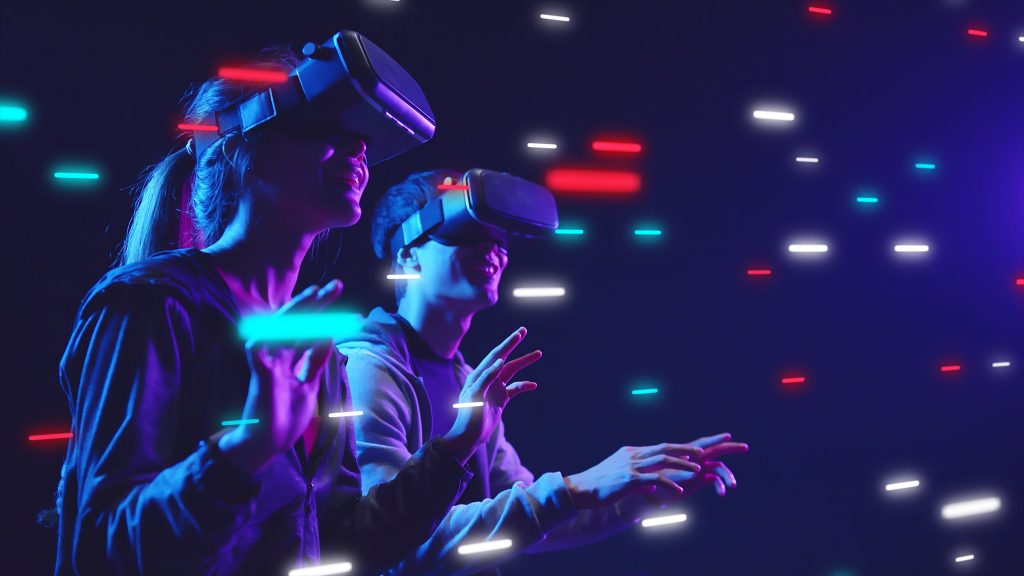Guest post written by Johnny Crosskey, SEO & Content Specialist, The Sports Facilities Companies.
In previous blog posts we’ve talked about a variety of exciting technologies, including AR, facial recognition, and live streaming. However, there’s one emerging technology that powers all these advancements and more. 5G networks are popping up in professional stadiums throughout the world and for good reason. The mobile network is 5-20 faster than its 4G predecessor with greatly reduced latency for data transfer. To understand what this means, we take you to the stadium.
From the moment you walk through the gate, 5G’s impact on data transfer is immediately felt. Dramatically improved connectivity makes “hit or miss” activities like sending texts to friends or capturing and posting a myriad of Instagramable moments seamless. AR provides dynamic enhancements to the guest experience, including gamification, which are all powered by 5G. Even ordering concessions is simplified when you don’t have to battle with thousands of devices for bandwidth. 5G can drive the implementation security innovations as well. Ultra-fast data transfer allows security professionals to compare facial recognition records, social media analysis, and camera footage to alleviate potentially dangerous situations.
How It Works:
In general, radio frequencies are used to transport data through the air. 5G uses higher frequencies than its predecessors, allowing it to carry more data at a faster rate. This is because higher frequencies are less cluttered. However, higher frequencies are easily blocked by physical objects such as trees and buildings. To circumvent this, 5G uses multiple input and output antennae to boost signals and capacity across the wireless network.
Benefits:
Putting it simply, 5G makes everything faster. For guests, sending text messages, developing social media posts, ordering concessions, and enjoying in game entertainment innovations such as AR becomes smoother. For operators, surveillance, point of sales, live streaming, and general communications is a snap. As a matter of fact, 5G allows you to grow in your use of these technologies. More cameras and POS units become feasible. What’s interesting about 5G is its ability to be the catalyst for other innovations. Its far less sexy than VR or wearables, but those innovations are more successful with the presence of 5G.
Obstacles To Entry:
As you would imagine, installing such a dynamic innovation comes with a heavy price tag. Verizon outfitted Raymond James Stadium in Tampa with 5G for Super Bowl LV at a cost of $80 million. Most facilities aren’t the size of an NFL stadium, but the prices are still high.
Of course, considering 5G in the pre-development stage is critical to implementation. As 5G becomes a primary part of daily life, installation of these networks will be part of the financial forecasting and program planning processes and costs will go down as well.
5G In Action:
Along with Raymond James Stadium, newer stadiums such as SoFi Stadium in Los Angeles and MetLife Stadium outside of New York City have 5G capabilities. These stadiums allow guests to enjoy a variety of benefits including 5G Multi-View, a digital streaming platform that provides seven simultaneous camera angles that can be watched on mobile devices in seven different stadiums on the home team’s app.






